THE WORLD ACCORDING TO ADOLF HITLER deva
National Socialism In Cyclical Time
The Aryan Origins
(5th Installment) Into the Greenworld
One will want to understand that from this point on the Aryan Migrations cannot be considered as a single movement. But instead as the constant movement of a large number of diverse but related tribes constantly looking for the places to live that best suited them. Instead of looking upon it as an event or even a series of events, look upon it as a flowing river meandering onward. Not completed until well into historical times. To understand it, it is best to just go by geographical areas, rather than by trying to establish a definite overall chronology. The records are very spotty, highly detailed at times and almost totally missing at others. These were oral peoples for the most part, peoples with oral histories. Destroy the languages, kill the storytellers, and you destroy their histories.
I will begin in Asia at actually the tail end of the migration(s). With the Hunnic Peoples.
North of the borders of the Persian Empire in Central Asia dwelled a people called the Huns. A group of nomadic horse tribes with related cultures which all revolved in one way or another around the horse. The Persians recorded that the Huns consisted of two different distinct racial groups. Mongolians (Native Siberians) and those they called the White Huns. The latter divided into two tribes. In time Attilla would become High King of the Huns. Coins struck at the time showing his profile indicate that he was White rather than Mongolian. The Huns started moving westwards. C.A. being vacated by them was now settled by another horse culture, the Turkic Peoples. One tribe of White Huns were known as Magyars, the ancestors of the Hungarians. The other tribe were the Finns, who split off before they reached Europe and eventually settled where they are now.
Next is the Trans-caucasus. This is where a large group of Aryans at one point settled. A King Of Babylon decided to try to force them into his empire. But instead they bolted and crossed the high passes of the Caucasus Mountains, in the middle of the night and vanished into the Great Forest north of there. These horse people honored a supreme Godhead that consisted of a God The Father and a God The Mother. The Father they called GOG and the Mother MAGOG.
A Celtic Tribe settled in the interior of the Anatolian Peninsula. Eventually some of them would move on and settle in the northwestern corner of the Iberian Peninsula. These people were the Galatians. At one time the great mass of Aryan horse tribes settled in the Greenworld north of the Black Sea where they built a number of cities in the forest. A King Of Persia tried to conquer them. He thought he could do so by capturing their cities. But they burned their cities and scattered into the forest. The Persian King made the mistake of trying to hunt them down in the forest. Somewhere along the southern reaches of the Volga River the Aryans ambushed the Persians and all but wiped them out. The Persians were never able to control much more than along the coastal land and then only briefly. Later on they tried again to conquer the area.
The Ancient Thracians were actually a culturally hybrid people formed from the merger of Germanic, Celtic, and Sarmatian (Slavic ancestors of the Russians) tribes in the area of modern day Bulgaria.
The last group of people migrated into Greece, and would help to form the Greek People. They were the Dorians, a Celtic Horse Tribe. This was before the Trojan War. The Trojan Horse was actually meant to be an offering to the Goddess Epona of the Dorian Greeks, who were asking for her help. She was also the Goddess Of Earthquakes. There are old stories that it was an earthquake that broke open the gate to Troy allowing the Greeks to capture the city. Odysseus led the first group of Greek Warriors into the city. The Dorians practiced a quasi democracy, as I have mentioned before. The Greeks would draw inspiration from them in developing modern democracy.
The entire northern Balkans were settled by various Celtic Tribes. One tribe, the Scordisci would ally themselves with the Romans against the Jews and helped them to capture Jerusalem in 70AD. The northern Italian peninsula was settled originally by Celts, who would have a major influence over the development of the Roman Republic.
The Spanish Tribes would migrate into the Iberian Peninsula and settle in its far south. The Romans would called this area Baetica. The rest of the peninsula was settled by Celtic peoples. The Galatians settled in the northwest and the Celtiberians in the rest of what would become Spain. These became a seafaring people and would establish the colonies in what we now call New England and New Brunswick which I mentioned before. Then the Lusitanians settled in what would become Portugal. And I must mention the Basque People. They would come about by the merger of some of the White People that had immigrated from northwest Africa I have mentioned, with certain elements of the original Cro-Magnons.
We now come at long last to Central Europe.
Initially the Celts were the ones that settled what would become the Germanic Lands. These are called the Halstatt Culture, because the Halstatt area of Germany was where it was centered. This is falsely claimed as the beginning of the Celtic Peoples. In reality they are vastly older. They eventually moved on to the southeast, south and west. The Germanic lands of Scandinavia had by this time become greatly overpopulated. So the excess population moved into the lands vacated by the Celts. The populations began to settle down and stop moving around so much. Along the frontiers of the Celtic and Germanic Peoples, developed a number of tribes of hybrid culture. Only two names I recall, but there were others of course. This was the Belgae, from whence the name Belgium comes. The area now called Belgium was their original homeland. Due to overpopulation some of them migrated to a sparsely populated area at that time, of southwest Britain in the region of what is now called Glastonbury. These are the Germano-Celts that I trace my lineage on my fathers side. The other tribe I can remember was the Chatti. That is where we get the name Cat. Because they considered Cats to be sacred animals. I am concerned here though, with just the original German homeland, before the Germanic invasions of the collapsing Roman Empire.
The area where the Netherlands are now located was an immense swamp which was settled by a German tribe called the Batavii (That is why the Dutch are sometimes known as Batavians.). They would develop a somewhat distinctive culture as compared to their fellow Germans nearby. The Batavii were swamp dwellers, as compared with their forest dwelling neighbors. If one is familiar with the Cajun French Swamp Culture in south Louisiana in the present day U.S., you could say that the Batavii were the Ancient German version of Cajuns.
The Baltic peoples: Estonians, Latvians, Lithuanians, Finns and Old Prussians of course settled around the eastern end of the Baltic Sea. When the Finns split off from the other Hunnic Peoples they moved to an area where they knew that they already had culturally kin people living. The Slavic Peoples then came in behind the others and settled in the eastern parts of Europe.
The last group I will address are what at least used to be called Lapps (The Sami today). They were the very last Aryans to migrate out of the original Arctic homeland and settle in northern Scandinavia where they are now located. I suppose that they originally lived closest to the original polar ice cap so they were better adapted to handle the extreme cold than the other Aryan tribes. Last to leave and traveled the shortest distance.
(End Of 5th Installment)
Heil Hitler deva!
Randall Lee Hilburn
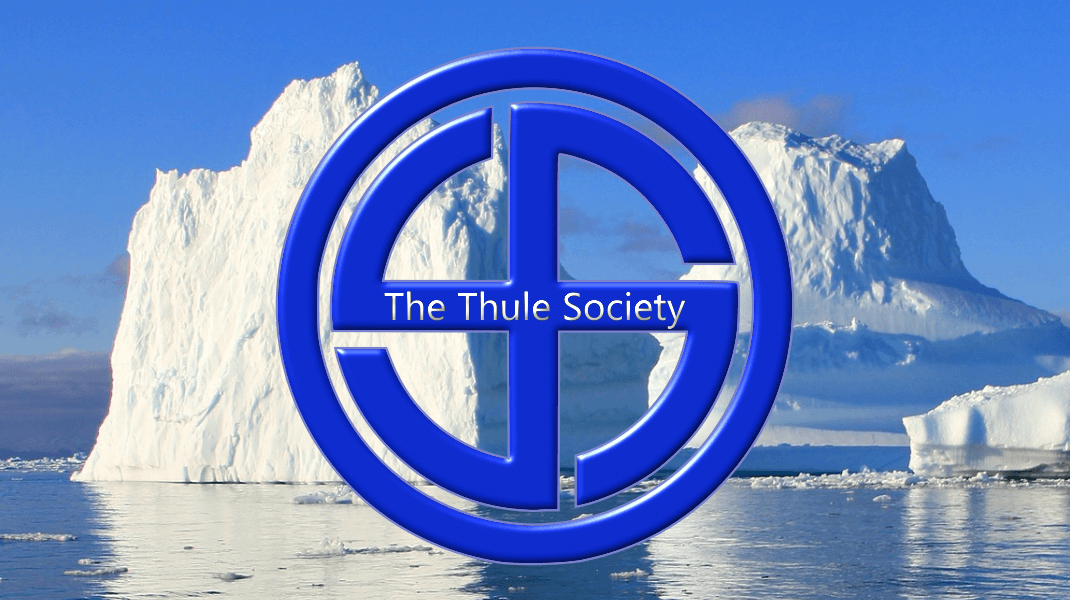
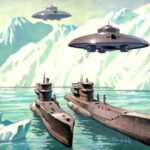

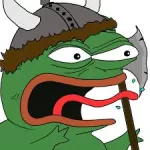


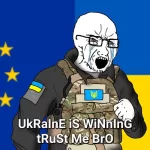

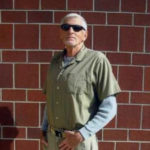
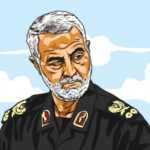


One Response
Theozoology points out clearly that northern europeans and germans are the root race.